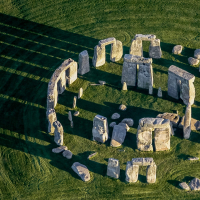Top 10 Mysteries of Solar System
We would first need to learn everything there is to know about our immediate area before setting out to explore the universe. We know relatively little about ... read more...what is happening in our own solar system, especially in its furthest, darkest reaches, except than the general position of things and a few isolated specifics here and there. Here are some Mysteries of Solar System.
-
In this vast, icy region we call space, the moon is our nearest and most familiar neighbor, albeit we are still unsure of its origin. The true origins of the moon are a mystery to scientists, and it appears that each new study on the subject creates more questions than it does answers.
The Giant Impact Hypothesis, which is currently the most widely accepted explanation, contends that a young Earth collided with a planet the size of Mars called Theia to create the moon. The moon's abnormally massive size may be explained by the fact that it was created from the collision's leftover material, which accumulated over millions of years.
But if that were the case, the moon would be constructed entirely of components from Theia. The moon has now been discovered to be essentially identical in composition to Earth, notably its mantle, according to samples returned from the numerous Apollo missions. The moon and Earth appear to have formed in the same region of the Solar system, most likely during the early, turbulent years of the Solar system, which seems to rule out the giant-impact idea.
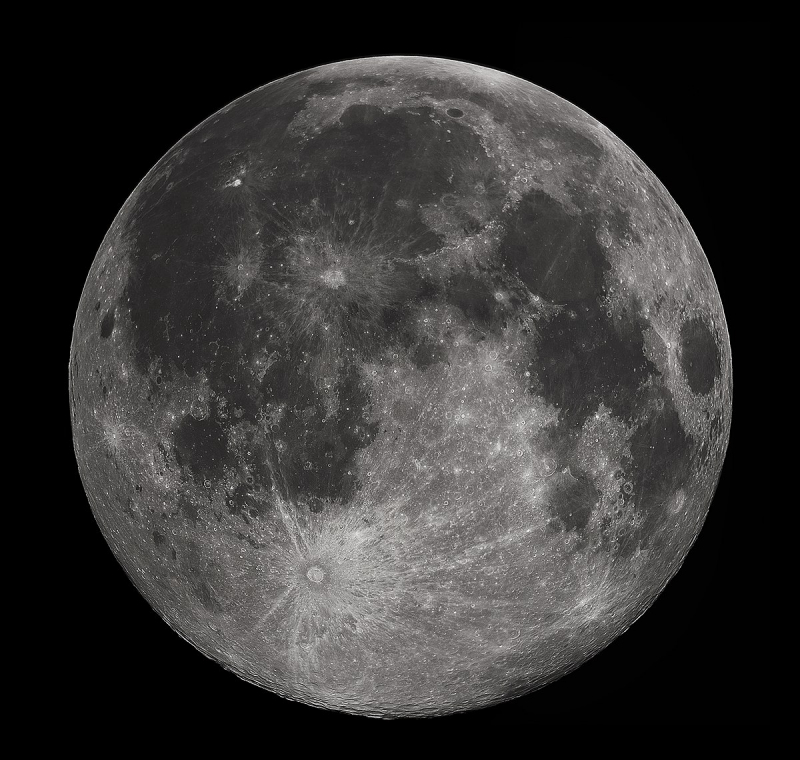
https://www.google.com/ 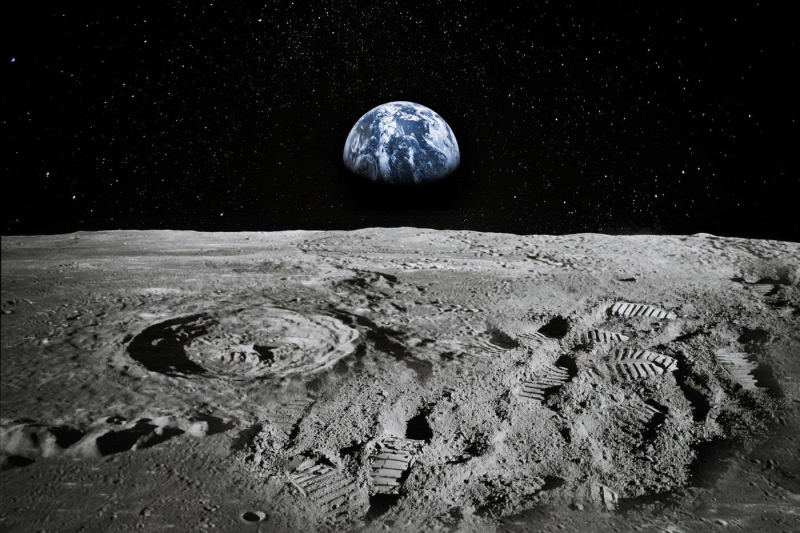
https://www.google.com/ -
Even our greatest instruments cannot scan the region that lies beyond Pluto's orbit to the edge of the Oort cloud because it is so huge and poorly illuminated. That raises the question of whether there are additional huge bodies—possibly even planets—hiding in the shadows that we haven't yet discovered.
The answer is a resounding "yes," if a 2016 study that was published in The Astronomy Journal is to be believed. Six of the known Kuiper belt objects were discovered by researchers to be orbiting the Sun in peculiar, atypical ways. All six instances of the distortion pointed in the same direction, indicating that they are all being dragged by the same substantial object.
Even though we have never personally viewed or even photographed this body, their estimates indicate that it is around ten times larger than Earth. We have since discovered at least thirteen other Kuiper belt objects with comparable orbital distortions.
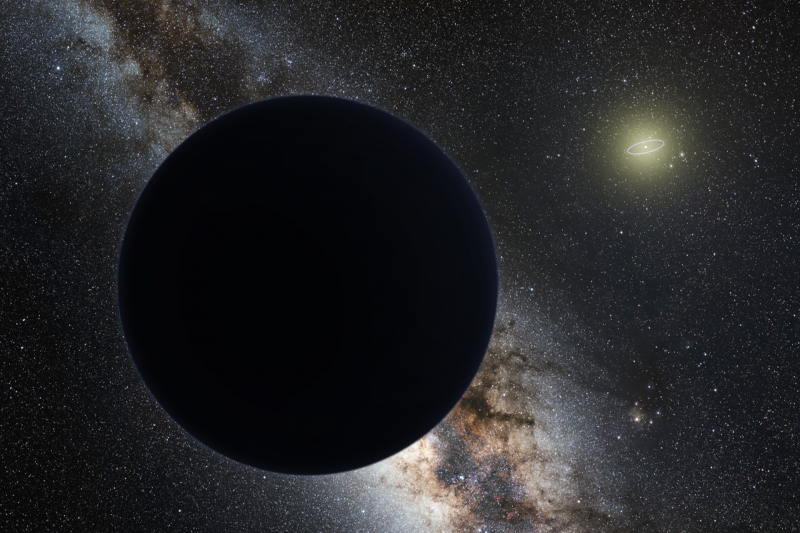
https://www.google.com/ 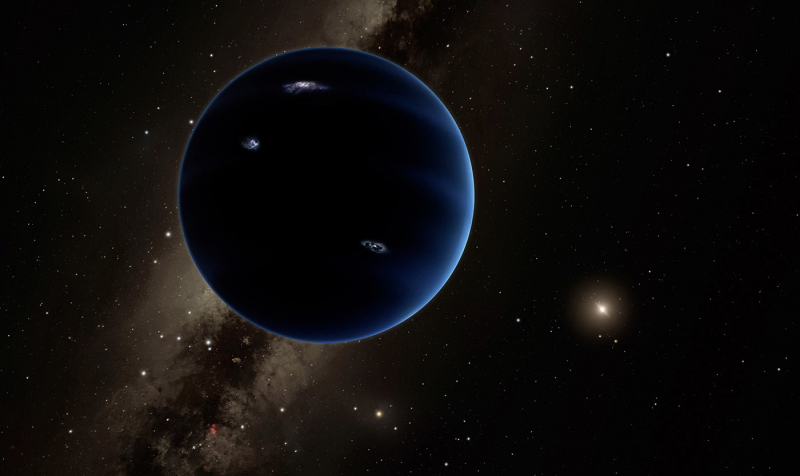
https://www.google.com/ -
In 1986, Voyager 2 passed Uranus, but it didn't record anything noteworthy. It appeared to be a lifeless planet with no distinguishing characteristics or unique features—just another large frozen body discovered in the system's furthest limits.
But as we've learned over the years, Uranus may be the Solar System's most fascinating and enigmatic planet. To begin with, it is rotating sideways since its spinning axis is nearly perpendicular to its axis around the Sun. We don't know why that is, but some researchers hypothesize that it is because of its collision with a massive body in the early Solar System.
More enigmatically, Uranus' atmosphere is unlike that of any other planet in the Solar System that we have seen. Temperatures can drop as low as -370 degrees Fahrenheit in its lower, denser areas, and should ideally rise to roughly -100 degrees Fahrenheit in the upper levels. However, Voyager measurements from the 1980s show that Uranus's outermost atmosphere can reach temperatures of up to 1,300 degrees Fahrenheit.
Since then, this abrupt change has baffled physicists and astronomers alike. No part of Uranus should get anything close to that hot given its distance, and it is obvious that this is the result of an atmospheric event. We haven't seen this type of weather event anyplace else in the Solar System, so we have no idea what that is.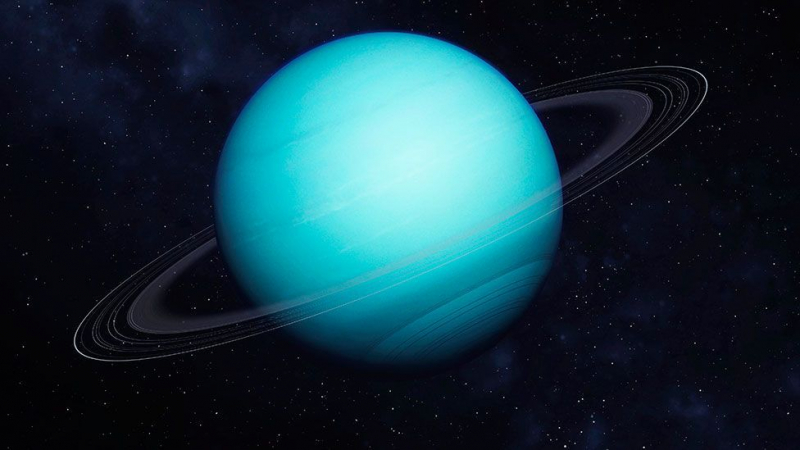
https://www.google.com/ 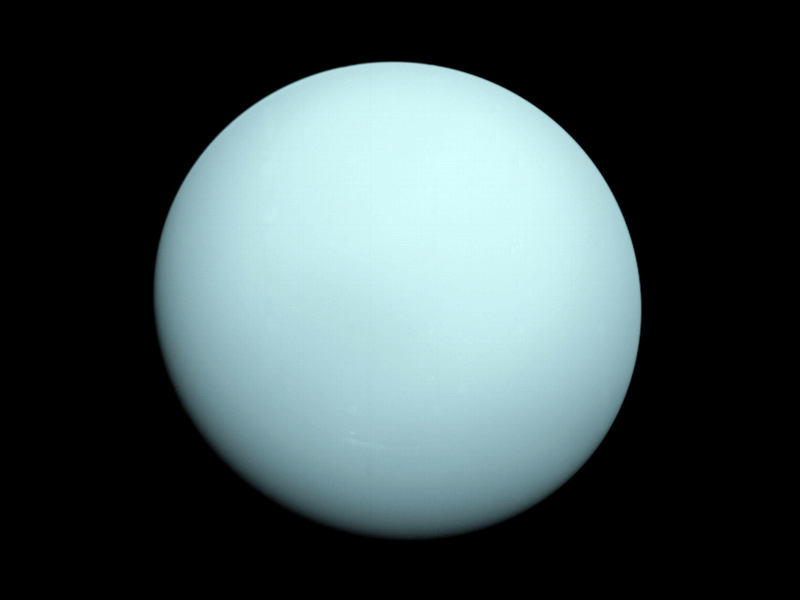
https://www.google.com/ -
One of astrophysics's oldest unsolved puzzles is the Coronal Heating Problem, which asks why the Sun's corona, or atmosphere, is so much hotter than its surface. We are aware that the Sun's core's intense nuclear fusion reactions are the source of all of the energy and heat it emits, even if these reactions only manage to raise the surface's temperature by about 10,000 degrees Fahrenheit. That's a lot, but not nearly enough to match the Sun, the solar system's main source of energy.
Its atmosphere, or the corona, where things begin to ionize into plasma as a result of the heat and where temperatures can reach up to two million degrees Fahrenheit, is where the majority of the heat is created. That shouldn't happen, as you might expect; it would be similar to feeling warmer the further you are from a campfire.
Since it was first observed in the 1940s, this heat transfer from the Sun's surface into its atmosphere has perplexed astronomers. We don't know how that heat is conveyed, how it's maintained, or even whether it's a continuous event or numerous little explosions that, from a distance, appear to be one large explosion. It's not just one issue though.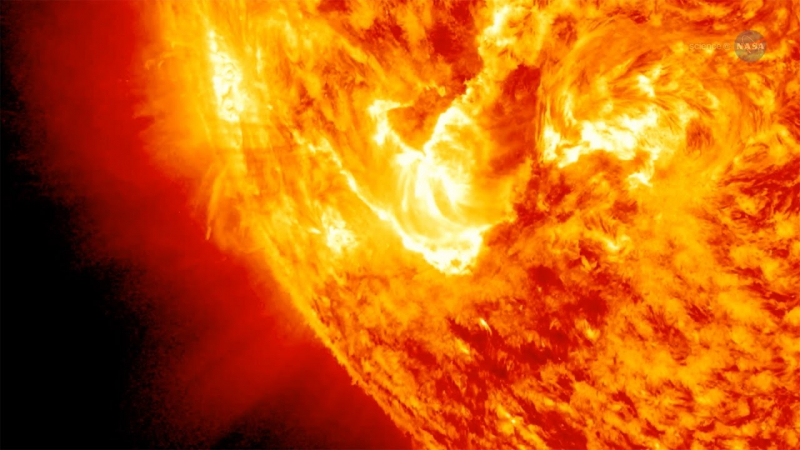
https://www.google.com/ 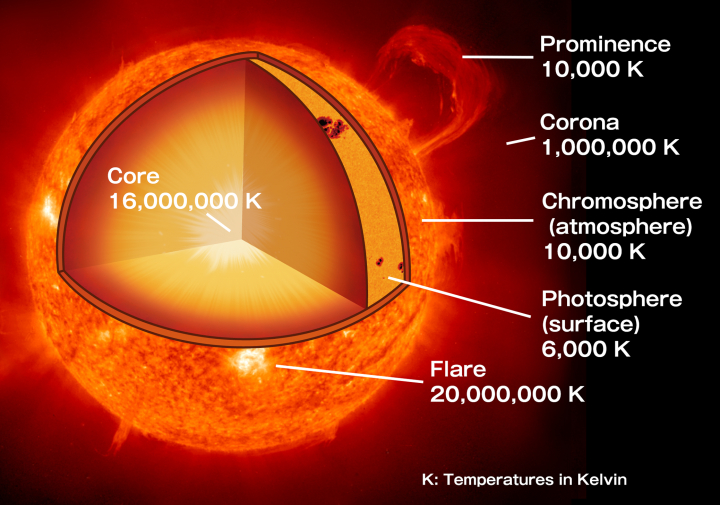
https://www.google.com/ -
In addition to being the first interplanetary object we have ever seen in real time, Oumuamua—named after the Hawaiian word for "scout"—is mostly unknown to us. The flying body was the first object to be discovered by the Pan-STARRS1 telescope at the University of Hawaii in 2017. It was unlike any other rock we had ever encountered.
First off, unlike other bodies we've seen circling in orbit, Oumuamua was nearly ten times longer than it was wide. It was also red, perhaps as a result of all the radiation exposure it has had throughout the ages.
Its acceleration, rather than its speed, was what was most peculiar about it. Its acceleration, rather than its speed, was what was most peculiar about it.
Oumuamua appeared to be moving faster than it was due to gravity alone, allowing it to enter and exit the Solar System rather than becoming imprisoned in its orbit around the Sun. Due to the sun's intense gravity and heat, comets have been seen to accelerate naturally; however, Oumuamua lacked any characteristic of a comet, making this type of natural acceleration implausible.
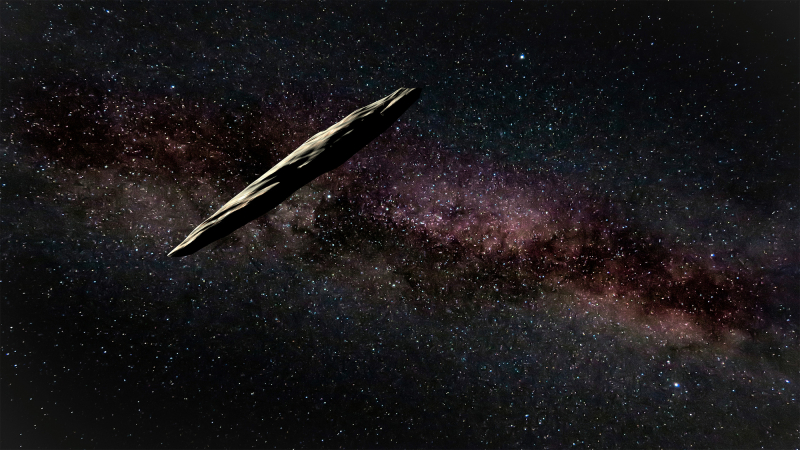
https://www.google.com/ 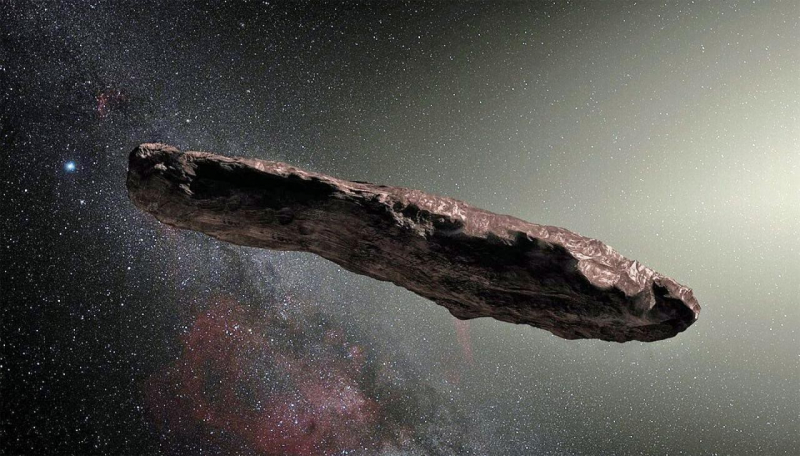
https://www.google.com/ -
Even while all of the outer planets have their own rings, it is Saturn's gorgeous, distinctive rings that have drawn scientists' attention for millennia. But its surface is even more fascinating and mysterious. Saturn, in contrast to Earth, is a gaseous planet that consists primarily of hydrogen, a little bit of helium, and minute amounts of other gases like methane and ammonia.
It would be an understatement to say that Saturn's surface is busy because it is the site of a wide variety of weather occurrences that we have never been able to fully understand. However, a hexagon-shaped storm at its north pole is by far the most bizarre. It was first discovered by the Voyager spacecraft in the early 1980s, and all we truly know about it is that it is roughly the size of two Earths. We don't even know how long it's been active, given we've never seen a non-circular, polygon-shaped storm anywhere else in the Solar System.
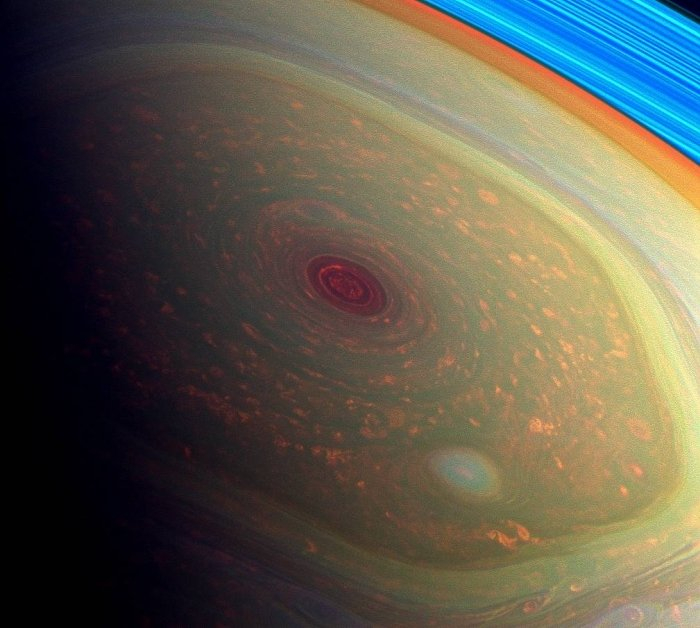
https://www.google.com/ 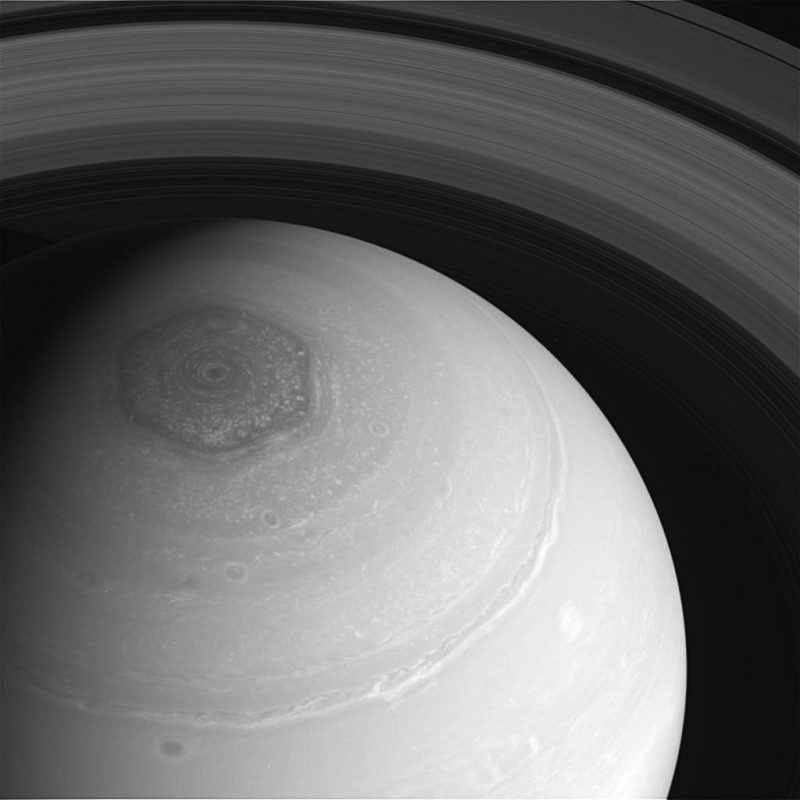
https://www.google.com/ -
Short-period comets are thought to originate from the Kuiper belt, which is another significant collection of frozen bodies in the Solar System, but long-period comets may be explained by the Oort cloud. The Kuiper belt, named for one of the most important planetary scientists in history, Gerard Kuiper, may be the greatest structure in the Solar System after the Oort cloud.
Due to the fact that all Kuiper Belt Objects, or KBOs, are located in a remote area of the solar system and cannot be explored, it is also one of the most enigmatic. Many of them contain components that date back to the early stages of the Solar System's formation, and some of them even have their own moons!
The diversity of colors we notice whenever we take pictures of those objects, though, remains the Kuiper belt's greatest mystery. Even though they should ideally be a single pixel of color due to the distance, all of the about 1,000 KBOs that we have shot so far appear to emanate a variety of hues, ranging from blues to whites to reds. As biological stuff tends to glow red in observations made from a distance, it could be a natural outcome of volcanoes, cosmic rays, or a variety of other plausible causes. However, it could also be an indication of early beginnings of life.
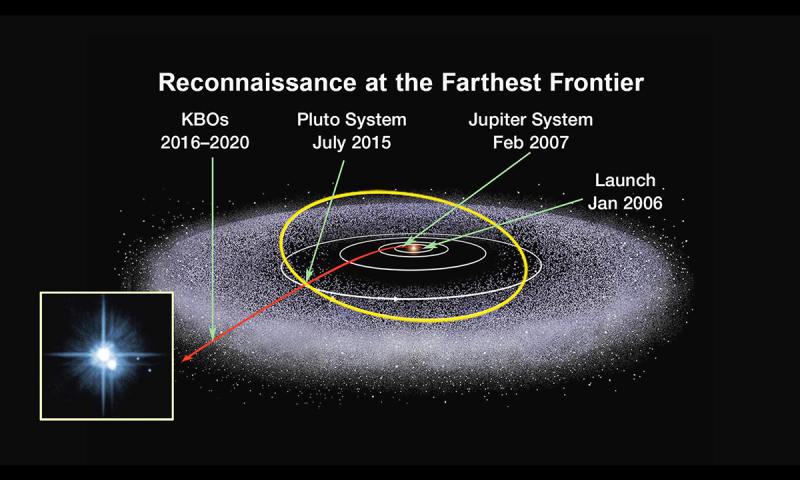
https://www.google.com/ 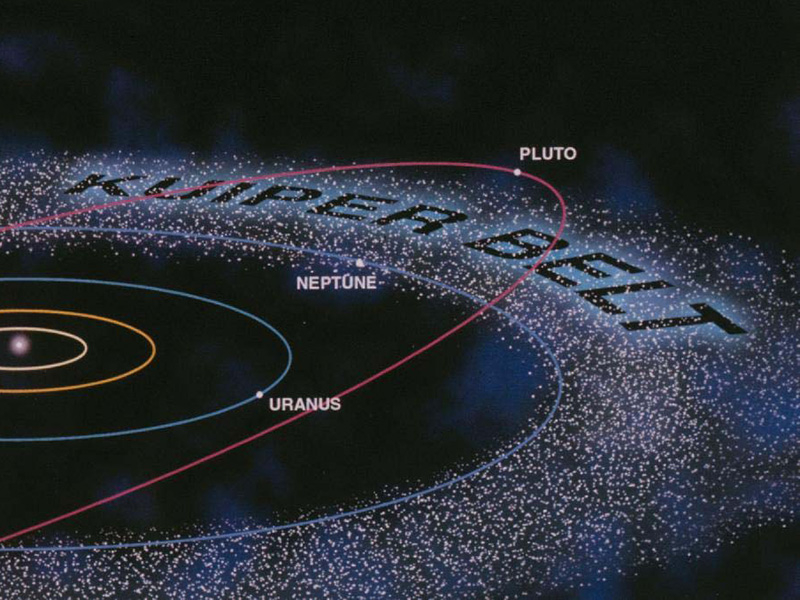
https://www.google.com/ -
The Oort cloud is an outer shell of frozen particles at the border of our solar system, so far away that we lack the technology to even detect it. Our last chance to image the Sun is with Voyager 2, which would take another 300 years to get there since the Sun is too far away for its light to reach us. That raises the issue of how we even know it exists.
It all began with a Dutch astronomer named Jan Hendrik Oort who was attempting to comprehend long-period comets in the 1950s. Long-period comets take thousands of years to complete an orbit, unlike short-period comets, which usually return in a few hundred years. They also appear to come from random places in the sky rather than following the regular orbits of short-period comets.
His response, the Oort cloud, is now generally acknowledged as the cause of long-period comets. We only really know that it is a large region of the Solar System's frontier made up of frozen bodies of diverse sizes and shapes. Even though the Oort cloud is unquestionably the largest structure we are aware of in the Solar System, we have no idea how it was created, how thick it is, or what material its bodies are made of.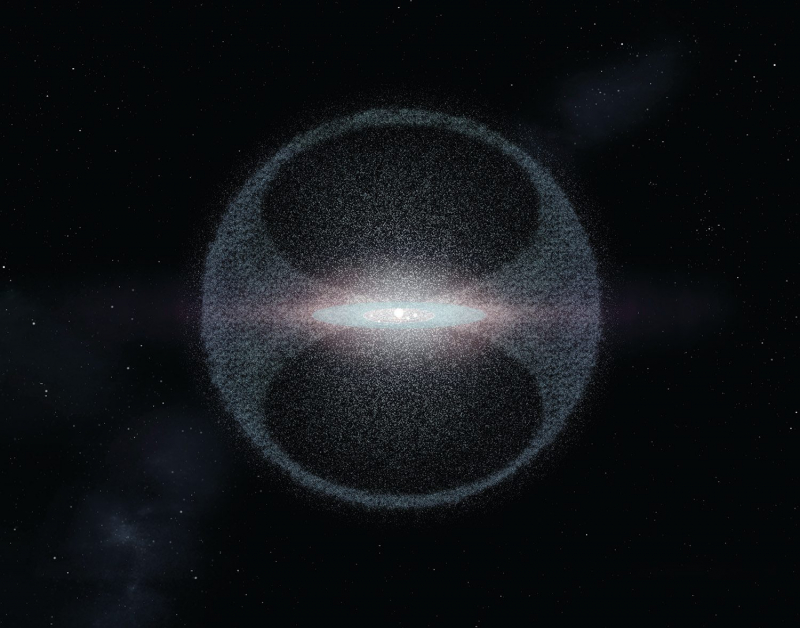
https://www.google.com/ 
https://www.google.com/ -
The size and mass of Venus are relatively similar to Earth, yet in most other respects, Venus may just as well belong to a distinct class of planet. With surface temperatures that can reach 900 degrees Fahrenheit, it may be one of the Solar System's most inhospitable locations for life. Thanks to a strong greenhouse effect brought on by Mercury's dense, suffocating atmosphere, that is hotter than Mercury.
Despite being so close to Earth, it is also one of the Solar System's most enigmatic planets. We don't know why it rotates counterclockwise, unlike every other planet save Neptune, why its atmosphere has winds that can reach 220 mph, or even what its surface actually looks like.
The biggest question surrounding Venus, though, is whether or not it supports any form of life. Venus's atmosphere may contain the ideal, Earth-like circumstances for simple life forms, despite the fact that its surface is unquestionably too severe for any kind of life. In fact, images of the planet from 1927 show dark, erratic regions up its atmosphere that take in about as much ultraviolet light as some types of bacteria and algae do on Earth.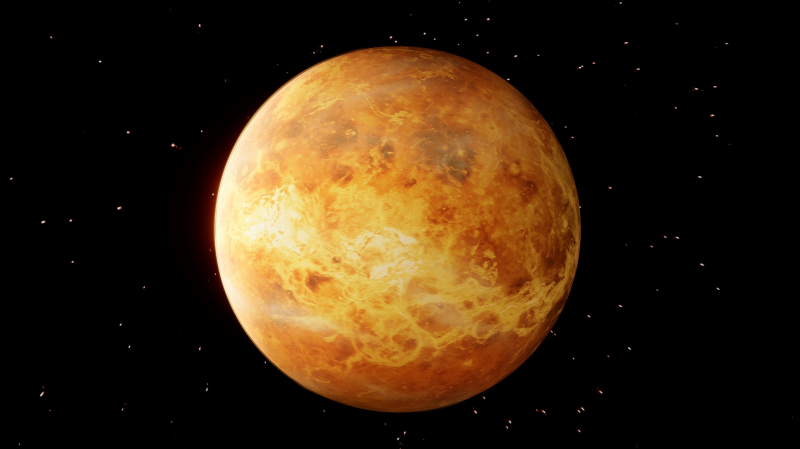
https://www.google.com/ 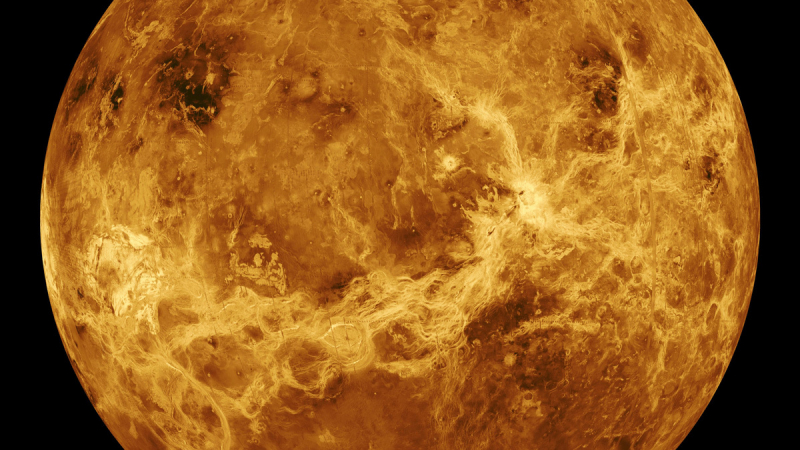
https://www.google.com/ -
We have a reasonably decent understanding of Mars thanks to recent spacecraft that have visited the planet. But its moons tell a completely different tale. The two moons Phobos and Deimos, which have diameters of 17 and 9 miles, respectively, are among the strangest in the Solar System. Although that's really all we know about them, their size and composition give them the appearance of asteroids rather than moons.
Although some scientists do think that they are fragments of a larger moon that once existed a few million years ago, we don't know where any of them came from. Others contend that Phobos and Deimos' composition places them closer to a group of asteroids found in the asteroid belt, indicating that they have extrasolar origins.
Phobos and Deimos are minor moons compared to the Earth's Moon. Deimos is 12.6 km (7.8 mi) broad and weighs 2.0 1015 kg, while Phobos has a diameter of 22.2 km (13.8 mi) and a mass of 1.08 1016 kg. With an orbital period of 7.66 hours and a semi-major axis of 9,377 kilometers (5,827 miles), Phobos orbits Mars more closely than Deimos, which has an orbital period of 30.35 hours and a semi-major axis of 23,460 kilometers (14,580 kilometers).
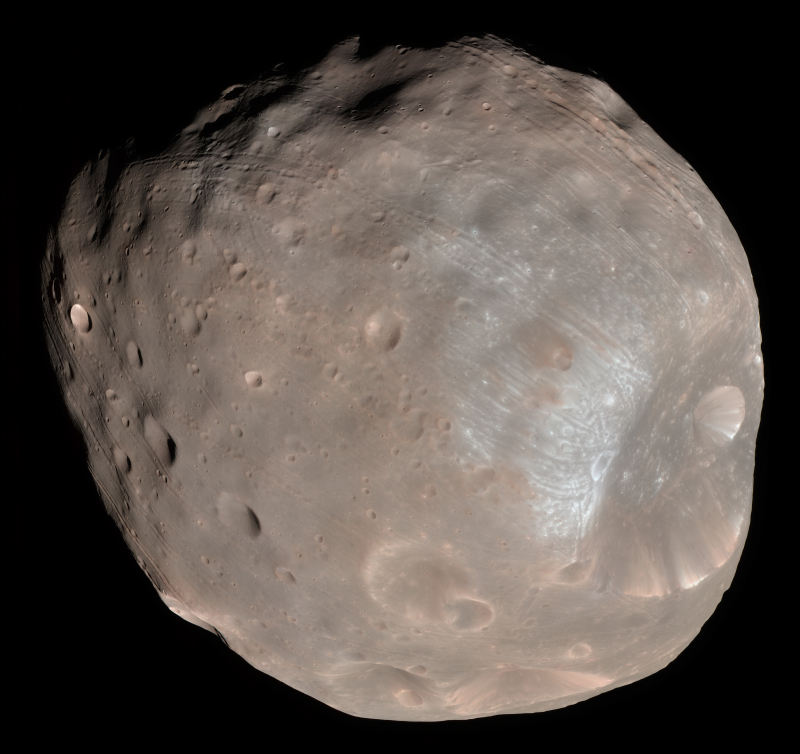
https://www.google.com/ 
https://www.google.com/















